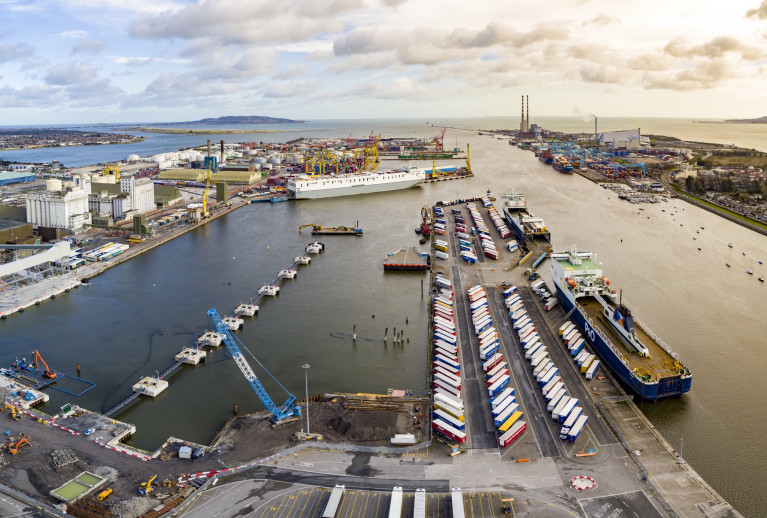Displaying items by tag: Hauliers Call
Committee to Hear Hauliers Facing 'Catastrophic Consequences' Over Brexit
An Oireachtas Committee will hear the Irish Road Haulage Association calling for a single entity to take charge of the free movement of traffic from ports ahead of Brexit.
Its President, Eugene Drennan, reports RTE News, is due before the Oireachtas Committee on Transport and Communications Networks later today.
He will warn politicians that even if a Brexit deal is reached, hauliers are facing "catastrophic consequences" due to delays and obstructions at ports and airports.
Drivers will face checks from Revenue, the Department of Agriculture, the Health Service Executive and An Garda Síochána.
Mr Drennan is also requesting that the Road Safety Authority and Department of Transport take a more lenient approach to licensed hauliers, to ease some of the pressure they will be under.
Direct Alternative Route of Ireland-Europe Must Be Found - Hauliers
An alternative route to Europe Irish hauliers and exporters said must be found to avoid potentially massive queues at British ferryports from the beginning of January.
A leaked British government letter (yesterday) suggests exporters to the EU face possible truck queues of up to 7,000 vehicles-long at ports if the industry does not prepare.
In the letter, the UK Minister responsible for no deal planning outlined "a reasonable worst case scenario"
Michael Gove said between 30-50% of trucks crossing the English Channel will not be ready and he warned that UK imports and exports could be adversely affected for up to three months.
The Cabinet Office document states that, in its reasonable worst-case scenario, between 30-50% of trucks crossing the Channel will not be ready for the new regulations coming into force on 1 January 2021.
More on this story reports RTE News here.
























